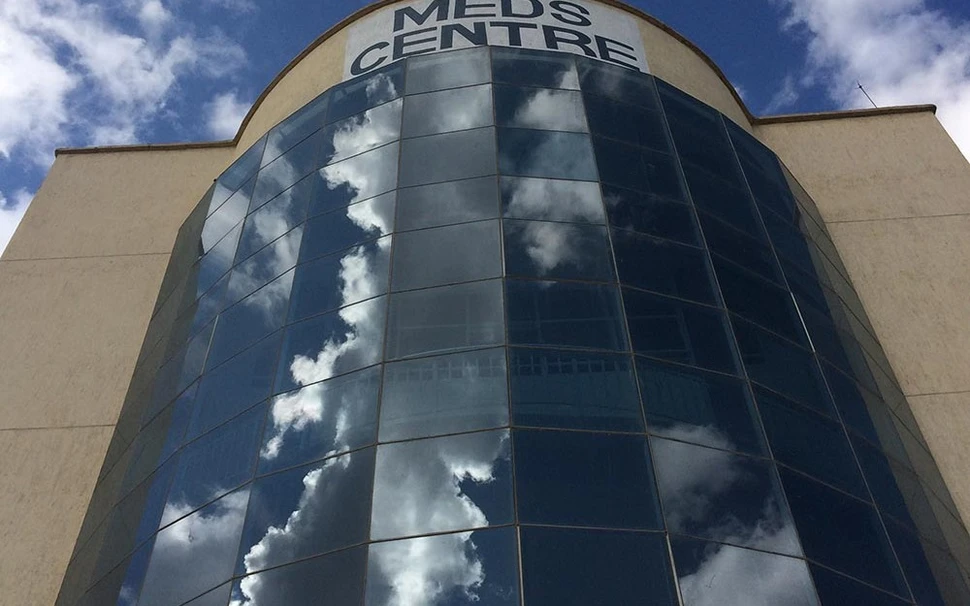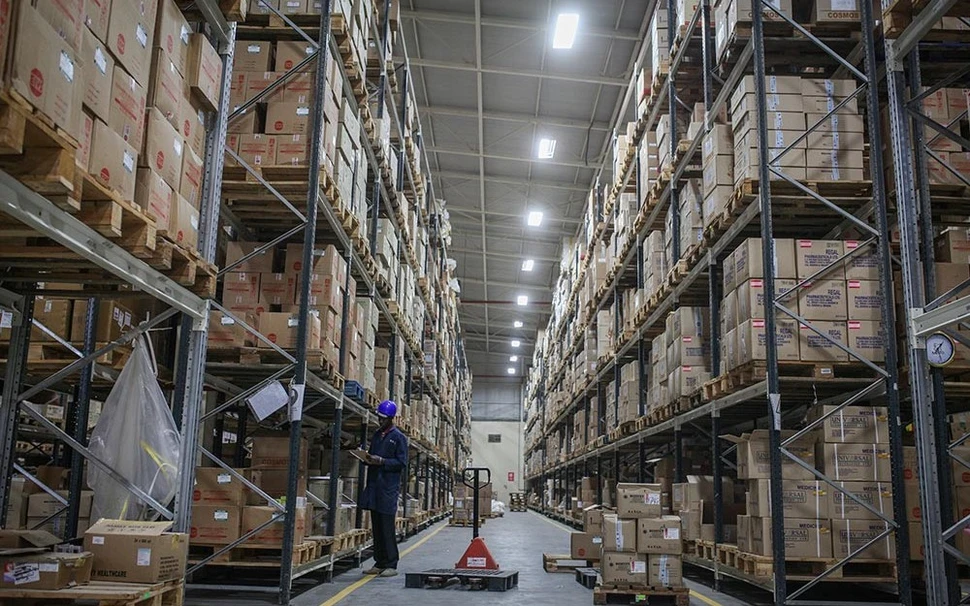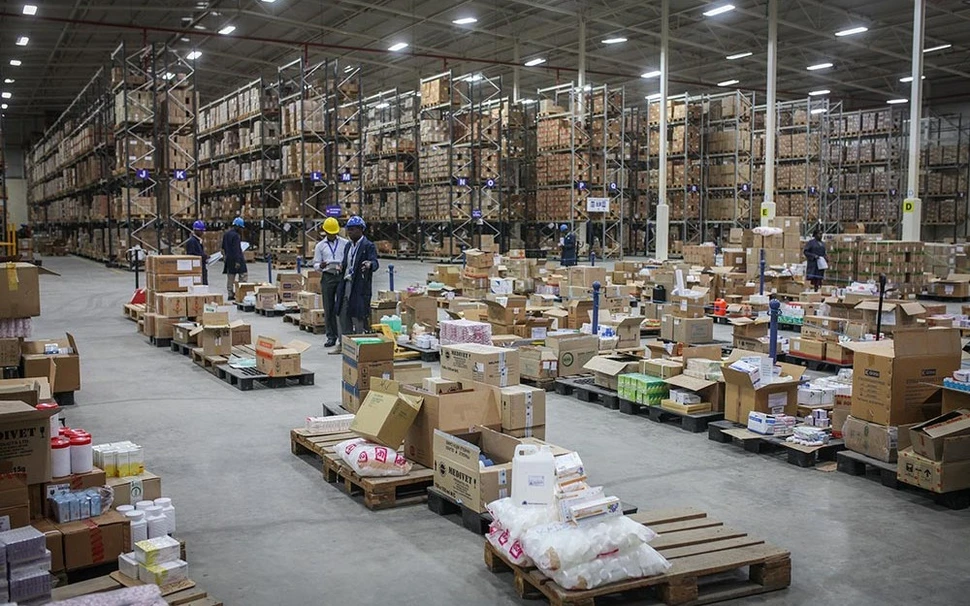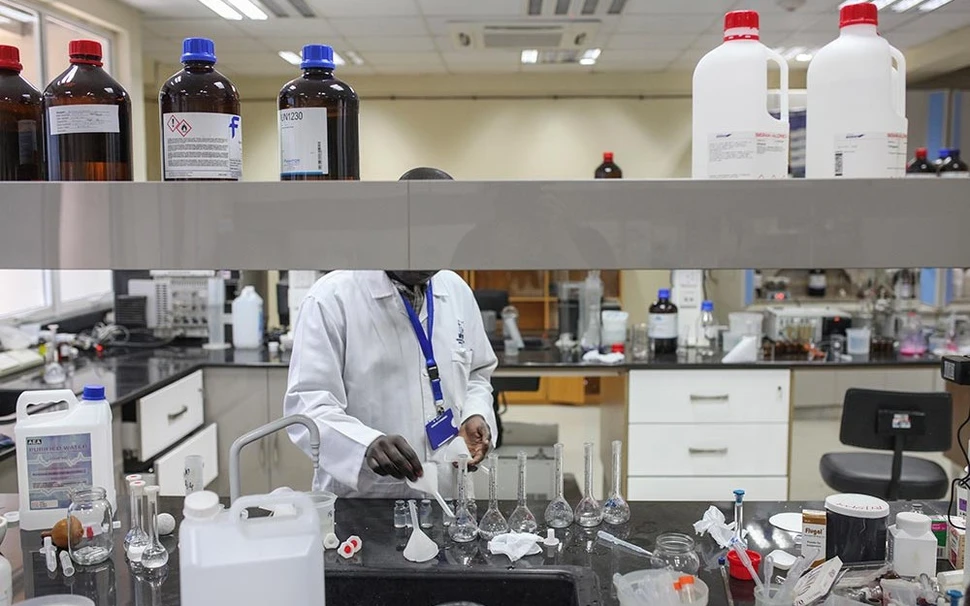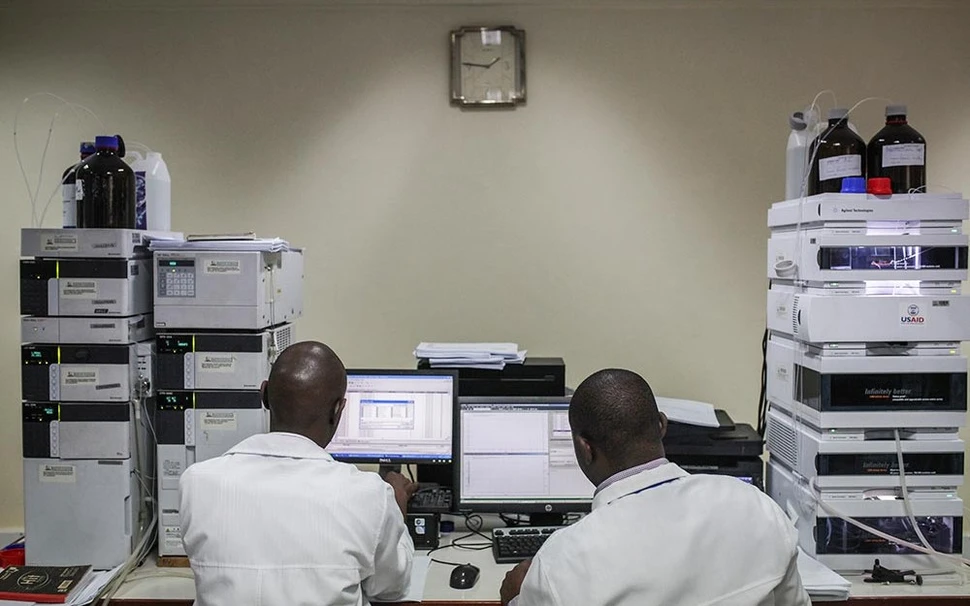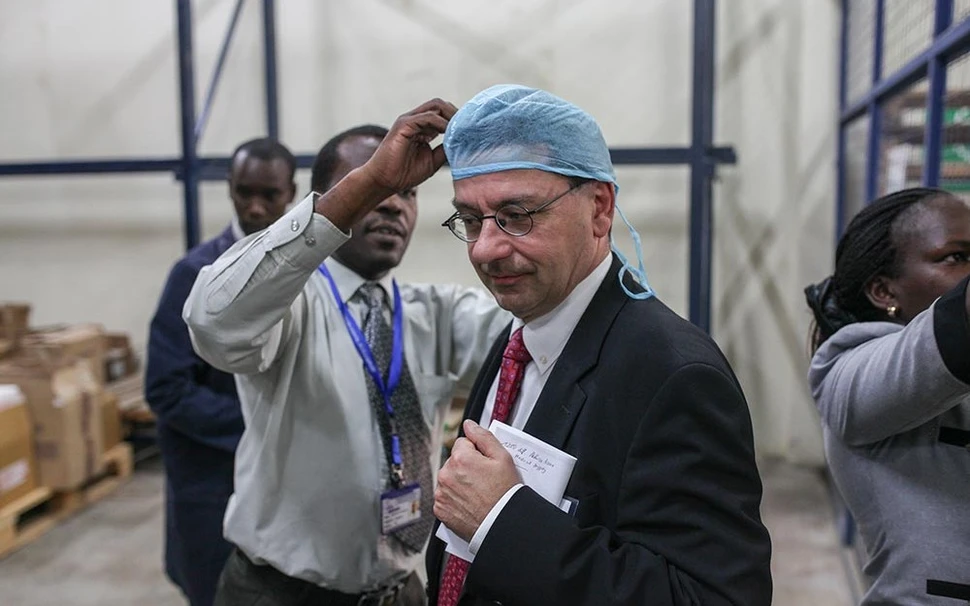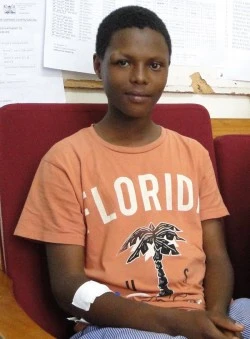This week Novartis representatives travel to Kenya to officially launch Novartis Access in collaboration with the Kenyan government and other partners.
The program is a first for the industry and is a novel social business model that aims to deliver affordable medicines for noncommunicable diseases (NCDs) in lower income countries.
While the goal of the access program is to be active in 30 low- and middle- income nations in the coming years, Kenya will be one of the three countries paving the path for expansion.
Follow our trip through Kenya for an intimate look at the unique challenges of treating NCDs in a lower income country, from early detection and diagnosis to education and distribution.
In this story:
- Why Kenya? Why now?
- Early diagnosis and the impact on healthcare demand
- Getting medicines to the people who need them
- What makes a social business effective?
- Giving voice to silent diseases
- Educating and reaching those most in need
… And, we’re live!
Patients, healthcare providers, dignitaries and executives came together to commemorate the launch of Novartis Access in Kenya.
This morning, in collaboration with the Kenyan government, the Kenyan Red Cross, the Kenyan Conference of Catholic Bishops, the Christian Health Association of Kenya, the Mission for Essential Drugs, the Kenya Medical Supplies Authority and Management Sciences for Health, Novartis Access officially launched in Nairobi.
The launch was commemorated by the signing of a memorandum of understanding, featuring a multi-pronged approach to addressing the rise of noncommunicable diseases in Kenya, including medicine distribution, raising disease awareness and strengthening healthcare systems.
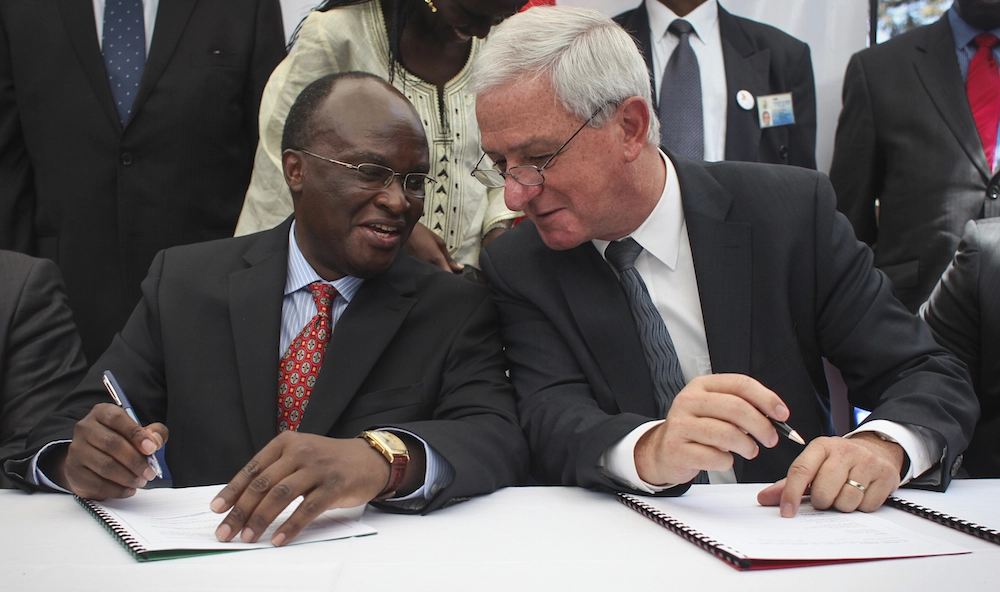
The knowledge, expertise and motivation of governments, international aid networks, NGOs and local political and healthcare supporters are essential to execute this complex task.
Joerg Reinhardt, Chairman of the Board of Directors, Novartis
The program recognizes that health needs are shifting and aims to drive a step change in access to medicines in low- and low-middle-income countries. The successful implementation in Kenya will be essential in guiding the expansion to additional countries.
Why Kenya? Why now?
Every year, noncommunicable diseases kill 38 million people. In Kenya, they account for 27% of all deaths.
Forty years ago, we became operational in Kenya. Several decades later the global community launched a concerted effort to combat infectious diseases. And, more than a decade ago world leaders set forth a roadmap for a world free of NCDs.
This year, the WHO has launched a global action plan to reduce premature deaths from NCDs by 25% by 2025, and the Kenyan government has taken steps to prioritize NCD prevention and control. And we can understand why. The challenge is significant.
By 2030, NCDs are expected to contribute to more than 60% of all deaths in Kenya. Already they contribute to over 50% of inpatient hospital admissions and dominate the healthcare budget. The result is that the Kenyan healthcare system, and others like it, must manage a dual disease burden: both the growth of NCDs and the infectious disease challenge.
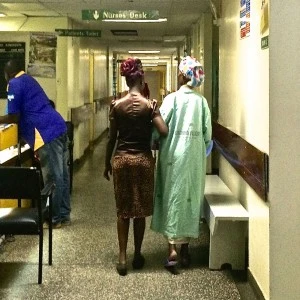
Importantly, the rise of chronic illness is also responsible for reducing productivity, curtailing economic growth and reinforcing poverty. In fact, NCDs kill more people of working age in low- and middle-income countries than in high-income countries. Breast cancer, for example, is the number one killer of women in Kenya between the ages of 35 and 55.
Perhaps more importantly, chronic illnesses share preventable risk factors that can be addressed head-on. But it is not only diet and lifestyle changes that contribute to the rise of NCDs. Other factors are at play as well, including rapid urbanization (half of Africa’s population are predicted to live in cities by 2030!), globalization and a growing, aging population.
What is most critical is to recognize the unique challenges faced by individual healthcare systems and to design programs tailored to their needs. In Kenya, we’re proud to have the history, partnerships and trust to pursue a new model. It’s ambitious, but we’re ready.
back to top
Early diagnosis and the impact on healthcare demand
Kenyatta National Hospital is the largest referral and teaching hospital in Kenya.
Ms. Lily Koros, CEO of the 1,800-bed Kenyatta National Hospital, is responsible for more than 6,000 staff members and 22 out-patient clinics.
At Kenyatta National Hospital, NCDs contribute to over 50% of inpatient admissions, with cancer taking the lead among diseases.
Lily Koros, CEO, Kenyatta National Hospital
Of the 50 wards in Kenyatta hospital, one is dedicated to oncology, but people with cancer are often spread throughout the hospital. Ms. Koros estimates that of the approximately 40,000 cancer cases identified yearly in Kenya, many patients end up in Kenyatta. Thirty beds are simply not enough to meet the demand.

And while many patients may receive treatment at Kenyatta National Hospital, many potential patients do not. Those who do visit have often traveled long distances.
Nicholas Otieno has been receiving treatment for colorectal cancer. His home is seven hours away by bus, and while he used to travel with his wife to receive treatment, the frequent trips have become cost-prohibitive.
The challenge is immediately evident. If they are able, patients will often move to Nairobi to undergo treatment. But that is of course a challenge in itself.
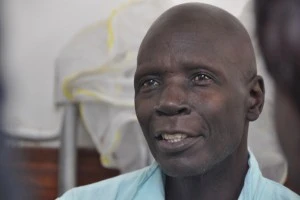
One way to address this issue is by increasing the likelihood of earlier diagnosis for chronic diseases, thereby promoting earlier treatment and hopefully fewer complications. In Mr. Otieno’s case, his first diagnosis was incorrect and came years prior to his cancer treatment. He was initially treated for back pain and then later believed to be suffering more common infectious diseases. By the time he reached Kenyatta his complications had progressed significantly.
To facilitate early diagnosis, it is critical that both providers and patients become more knowledgeable about chronic illness. And, in the words of Ms. Koros, “as a society, we all have a role to play in creating awareness about NCDs.”
back to top
Getting medicines to the people who need them
Quality in distribution is fundamental to providing access.
Supply chain management and quality control may not seem like the most compassionate aspects of a healthcare system, but they are absolutely essential for getting the right medicines to the right patients at the right time.
Novartis works with a broad variety of organizations globally to find the most effective means of bringing medicine to even the most remote areas. The Kenya Medical Supplies Authority (KEMSA) and the Mission for Essential Drugs and Supplies (MEDS) will be two essential partners for the program in Kenya.

